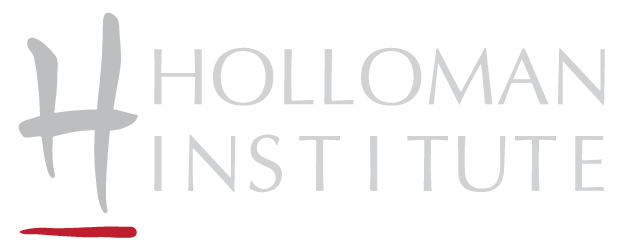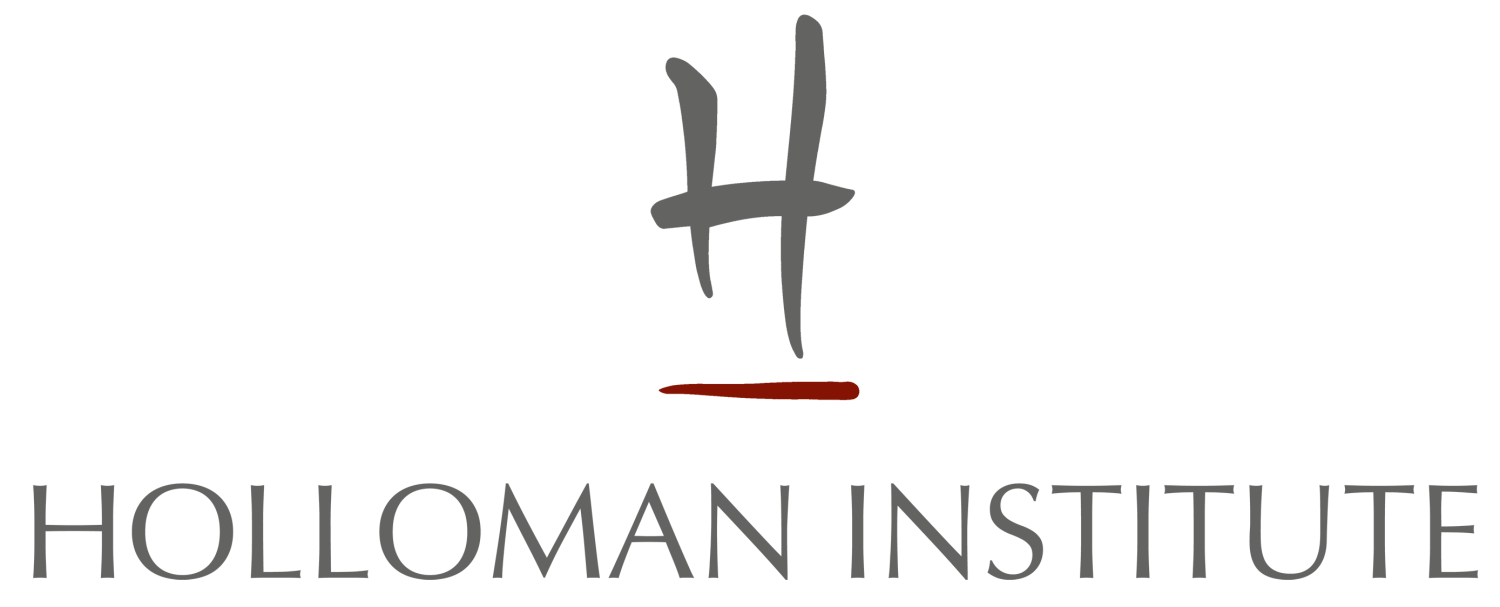In part I of Healing Physiological effects of Esalen Massage, I talked about the remarkable power this method, and others, like Deep Bodywork, possess to stimulate a process called unwinding within our clients. We defined unwinding as the restoration, either partial or complete, of autonomic flexibility, the capacity within the nervous system to move appropriately between sympathetic and parasympathetic control, depending upon circumstance. I also hypothesized that a loss of autonomic flexibility is a meta-process behind the stress related illnesses we see in many of our clients, and in a significant percentage of the general population. The deep states of relaxation produced by Esalen Massage and Deep Bodywork are remarkably effective tools in dealing with these types of stress related conditions, and in gradually restoring autonomic flexibility within our clients.
Can we identify the components of Esalen Massage and Deep Bodywork primarily responsible for supporting the unwinding of stress within the nervous system and restoring autonomic flexibility? In my experience over the last 30 years as a practitioner and teacher the answer, I believe, is yes. We can identify them, and we can teach them to our students. Let’s name what some of those key components are:
1) Slowing down the pace of our work.
This is an essential element in creating the conditions necessary for the restoration of autonomic flexibility. There are at least two important reasons why. First, the more archaic structures within the brain, the limbic system, and the brain stem, are designed to respond to unknown stimuli with suspicion, which has obvious survival value. As bodyworkers, if we work too quickly, we can trigger defensive responses that operate at unconscious, reflexive levels, limiting the depth of relaxation our clients can access during our work. Secondly, for similar reasons, our clients will tend to bond less deeply with us if their nervous systems are preoccupied with defensive activity. For unwinding to effectively occur, a bond of trust must be formed between practitioner and client. We can make the comparison between an overly stressed, “tightly wound” client, and an animal which through whatever circumstance is similarly “tightly wound”. If we move too quickly to make physical contact with such an animal, we are likely to be met with a growl, scratch or bite. Approaching our clients with sensitivity, through slowing the pace of our work, raises the potential for them to receive the full benefit of our touch without the filter of defensiveness.
2) Working with gravitational energy, rather than our own muscular energy.
Johanna and I spend a great deal of time during our seminars teaching people to let their bodies become conduits for the flow of gravity, from the fabric of the universe into the bodies of or clients. The difference in the quality between gravitationally applied, and muscularly applied touch are clearly palpable to our clients. Gravitational touch does not trigger defensive activity when applied slowly. Muscularly applied touch often does. The difference appears to be related to the “groundedness” required in the application of gravitational energy while working. Transmitting gravitational energy requires establishing a “base”, from the pelvis, through the legs and feet and into the ground. This type of “base” is similar to that taken when doing Tai-Chi, Aikido, or in many standing yoga postures. Working from this type of stance, and “falling” into our clients automatically transfers gravitational energy through our bodies into those of our clients. Practitioners working in this way automatically slow down, and the feel of gravitationally applied work is reported always as more “substantial”, as “flowing” and “relaxing”.
3) Learning to move like a Tai-Chi master, embodying “flowing stillness” in our practice.
As we slow our work down through connecting to the gravitational field, embodying the rhythms of “flowing” and “stillness” greatly increases the potential for catalyzing unwinding within our clients. Many years ago, when I first came to Esalen, I had the privilege of dancing with Gabriel Roth while she was developing the “5-Rhythms” movement form. Gabriel was also head of the Esalen Massage crew for some time, and the rhythms of “flowing” and “stillness” at the core of her movement work are apparent in a competent Esalen Massage. If we can learn to embody these rhythms while touching, treating our massage work like a movement practice, then a synergy of elements begins to occur: slowing down, connecting to the gravitational field, and moving with the qualities of flowing and stillness, like a tai-chi master. For some reason, when one human being touches another while embodying these three elements at the same time, the effect is that a process of unwinding begins to happen in the person being touched. The person practicing enters a palpable state of deepened “presence” which, if we could find a way to monitor brain activity while touching in this state, is probably measurable.
In summary, the central nervous system is designed to self heal, like any other part of the human body. Because the central nervous system is the conduit for, and therefore particularly effected by powerful emotional experience, it can, and does get “wound-up” in the course of living life. We call that process “stress”. When a certain threshold of stress is reached, the CNS can lose it’s capacity in varying degrees to self-regulate and heal. This is one way of describing a “loss of autonomic flexibility”. This process I hypothesize to be at the root of many of the stress-related conditions we see in our clients. Esalen Massage and Deep Bodywork, when applied with the elements described above, are powerful tools which can slowly restore the self regulating capacity, or autonomic flexibility, to the autonomic portion of our nervous systems.
I hope this blog post is helpful to everyone in their work!
Perry


Terry Kim
Hi Perry and Johanna,
Thank you for this. I have found your work to be invaluable. The “settling” that occurs with my patients/clients post Tx is such a gift. I believe that a part of the loss of ANS flexibility is a change in the mapping in the sensormotor cortex where overlapping of fields occurs such that one will experience ever widening distributions of symptoms. I believe in your work as it is slow and gentle and deeply profound experience to rebalance and also rekindle the normal wiring that we all once had.
See you in April!!!
Terry
Perry Holloman
Hey Terry,
I’d love to hear more from you about the “change in mapping” you refer to. I’m glad you have found Deep Bodywork invaluable. We look forward to seeing you at Esalen in April!
Perry
Edward Scott
Love the insight of this statement, “If we can learn to embody these rhythms while touching, treating our massage work like a movement practice, then a synergy of elements begins to occur: slowing down, connecting to the gravitational field, and moving with the qualities of flowing and stillness, like a tai-chi master. Thank you so much for sharing this and your Deep bodywork series.